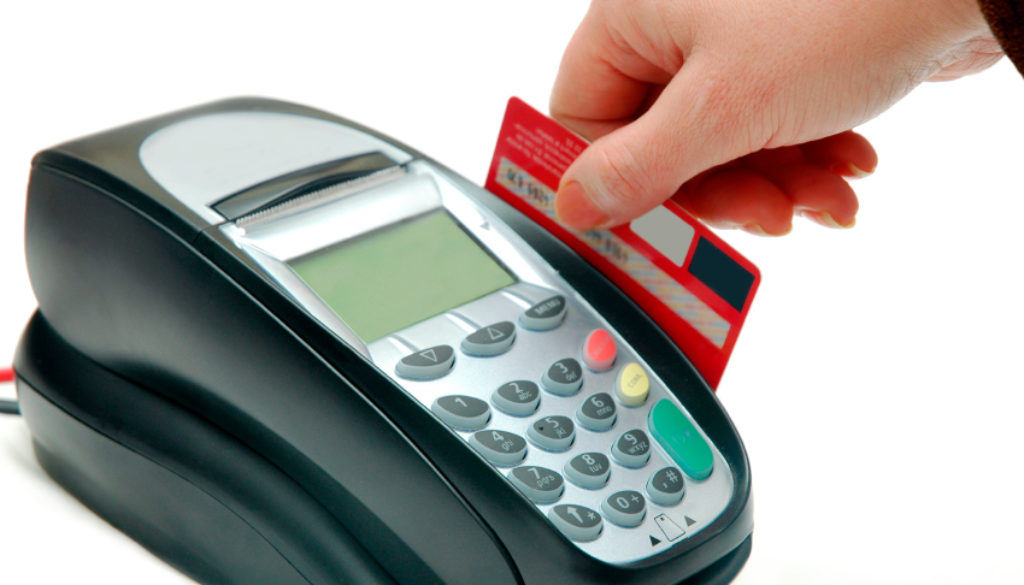CFPB Fines Santander $10 Million for Tricking Consumers Into Overdraft Fees
By Maureen Mahoney, Consumers Union
Overdraft “protection” sounds a lot better than it really is. It’s really just a high cost, short term loan – one recent CPFB report even compared it to a 17,000% APR loan. Recognizing the problems with overdraft, since 2010 the federal government has required banks to get affirmative consent from consumers before signing them up for overdraft fees on ATM withdrawals and one-time debit transactions. If you haven’t opted in, if you don’t have enough money in your account to cover the debit purchase, the bank can simply decline the transaction.
Now, the Consumer Financial Protection Bureau is taking Santander Bank to task for deceptively marketing an overdraft “protection” to consumers over the phone – without disclosing what the consumer is really signing up for. Santander calls the service “Account Protector”, which charges consumers $35 per overdraft for ATM and one-time debt card purchases.
How did Santander allegedly trick consumers into signing up for overdraft fees? According to the CFPB, in some cases, the telemarketer just described the “Account Protector” service, asked for the last four digits of the customer’s SSN, and then enrolled the customer. The CFPB also alleges that Santander telemarketers led consumers to believe that the service would be free – even though it meant that they could end up with hundreds of dollars in overdraft fees.
The CFPB is fining Santander $10 million for these abuses, and will require Santander to stop marketing the service over the phone. And, the CFPB is requiring Santander to go back and check with consumers if they actually want the service.
Overdraft fees help banks collect a lot of money, but they are very unpopular with consumers. A Consumer Reports poll from 2010 found that only 22% of consumers signed up for overdraft “protection.” And consumers like David of Los Angeles point out how unfair these fees can be: “I have been out of work for a while and pick up side jobs when I can so money has been tight. I just looked at my account activity online . . . and noticed some fees that made me sick. There are 2 recent transactions that I made . . . . One was for $6.33 and the other was around $8.00. Apparently due to an automatic payment made I did not have enough in my account to cover them. . . . Now looking at my account I see that [the bank] not only charged me a $15 overdraft fee but they also charged me a $34 NSF fee. I was charged these fees twice, once for each transaction. So they charged me $49.00 for a $6.33 transaction and another $49.00 for a $8.00 transaction. So that’s a total of $98 for transactions totaling around $15!!!”
Click here for more information on how to protect yourself from overdraft fees.
In addition, you shouldn’t have to get unwanted marketing calls from banks and other companies that you work with. Call the company and ask to be placed on their “Do Not Call” registry list. Unfortunately, being on the national “Do Not Call” list isn’t enough to protect you from many types of unwanted calls, including from businesses that you patronize. More action and reforms are needed.
The findings in this case are troubling. We urge the CFPB to use its rulemaking, supervision, and enforcement authority to prevent these kinds of abuses from occurring in the future.

